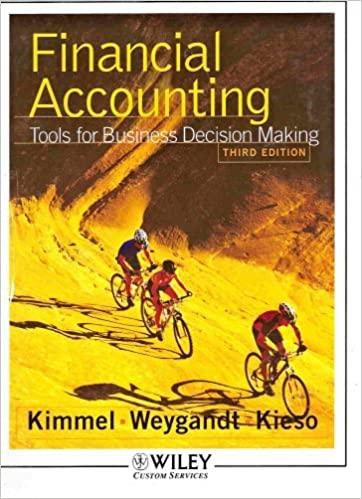can someone help me with questions 1 and 4 ? please Berkshire Threaded Fasteners Company This case is set in an industrial commodities firm

Berkshire Threaded Fasteners Company This case is set in an "industrial commodities " firm in New England in 1974, as American dominance of world markets was slipping aw-'0'. The case is about basic cost analysis issues. Or, is it? In February 1973, at the age of 33, Joe Magers became president Of Berkshire Threaded Fasteners Company which had been started by his father, John Magers, in 1946. Joe had only four years experience with the company. His fathers untimely death in 1973 cut short their planned 10-year period of seasoning. Joe Magers knew that he had made several poor decisions during 1973 and that the morale ofthe organization had suffered, apparently through lack of confidence in him. When he received the income statement for 1973 (Exhibit l), the loss of over S70,000 during a good business year convinced him that he needed help. He hired Brandon Cook, age 58, as general manager in February, 1974. Cook had extensive experience in the industry and was attracted from a competitor by a stock option incentive in addition to salary. The arrangement was that Cook would have full authority to run the company. Cook would explain the reasons for his decisions to Magers in order to train him for successful leadership upon Cook's retirement. Berkshire Threaded Fasteners Company made three lines of metal fasteners (nuts and bolts), the 100 series, the 200 series, and the 300 series. The products were sold by the company's salaried sales force throughout New England. Each sales rep sold all three lines, but in varying proportions. Berkshire was one of eight companies with similar products. Several of its competitors were larger and manufactured a larger variety of products. The dominant company was Bosworth Machining Company, which operated a plant in Berkshire's market area. Joe Magers had heard many people describe threaded fasteners as a "commodity" business. But, he had also heard a speaker say once that the term is only used by in a business. Berkshire's financial position was pretty solid, with Sl million in cash, 25% of sales in receivables and inventory combined. and low financial leverage. Magers did not see the current situation as "dire," but he hoped Cook could help improve long-run profitability. During 1973, Berkshire's share of industry sales in New England was 12% for the 100 series, 8% for the 200 series and 10% for the 300 series. The industry-wide quoted selling prices were S2.45. $2.58 and S2.75 per 100 pieces, respectively. Because the products of different manufacturers were very similar, Berkshire was convinced it could not individually raise prices without suffering substantial volume declines. With excess capacity for all players and very similar products, price competition Was always a threat. In the past, attempts at price cutting had followed a consistent pattern. All competitors met the price reduction and the industry as a whole sold about the same quantity but at the lower prices. Demand was very "inelastic," at least in the Shon run, for a "derived demand" product like metal fasteners. Eventually Bosworth, with its strong financial position, would stabilize the situation following a general recognition Of the failure of price cutting.
Step by Step Solution
There are 3 Steps involved in it
Step: 1

See step-by-step solutions with expert insights and AI powered tools for academic success
Step: 2

Step: 3

Ace Your Homework with AI
Get the answers you need in no time with our AI-driven, step-by-step assistance
Get Started


